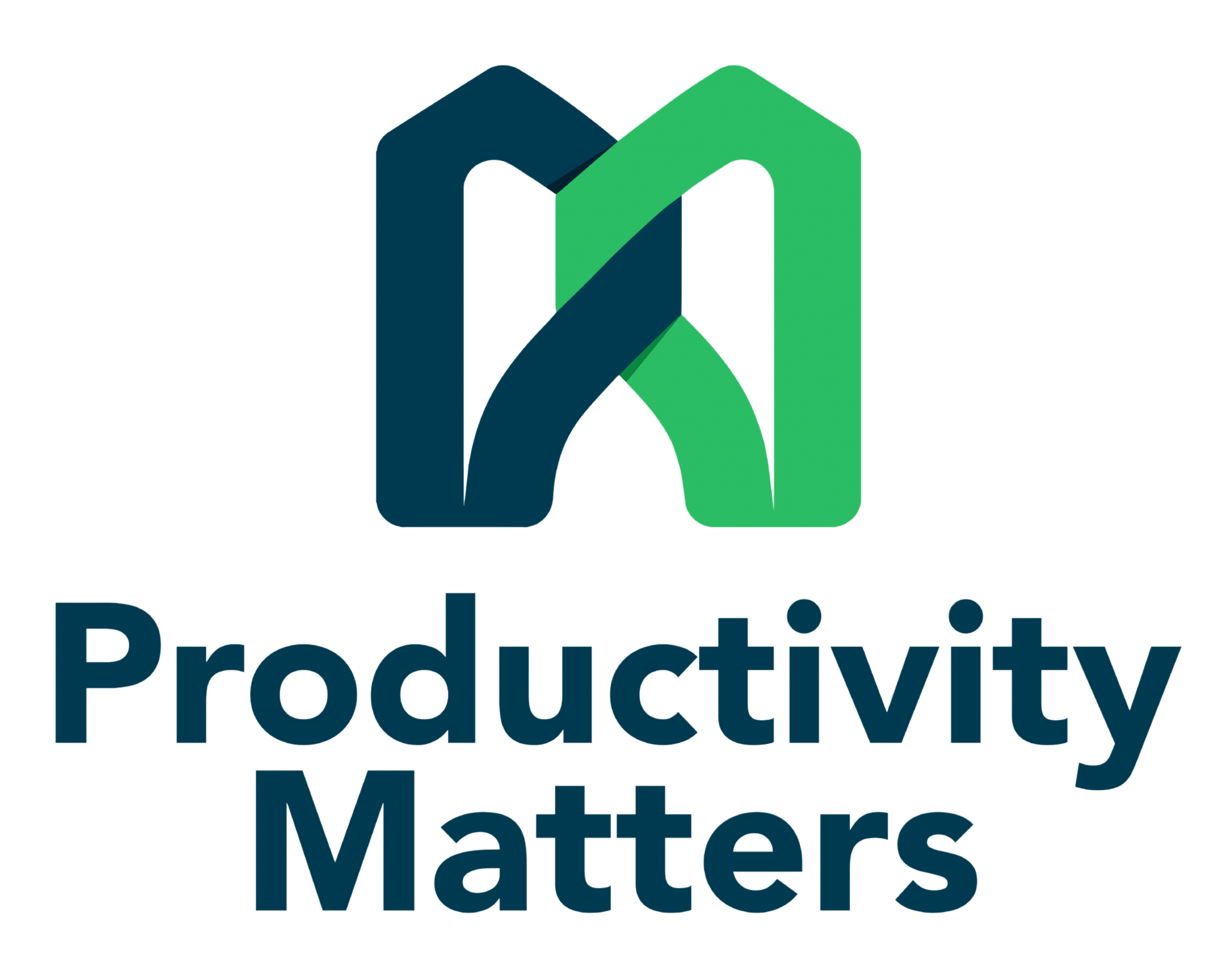Of late, a number of clients have requested help with light sensitivity issues of employees working in an office based. Several of these requests have come from clients operating in WELL certified buildings, which require 5% of the area of all regularly occupied spaces to be within 7.5 m of view windows. For occupants with Light sensitivities and photophobia this poses a problem.
Photophobia, or light sensitivity, can significantly affect employees’ ability to perform effectively. It is our experience that the stark comparison between lighting provided in the home (often warmer in tone, and controlled by the individual) versus lighting provided at the office (brighter, bluer and more natural light that cannot be controlled by the individual altogether) is anecdotally giving rise to employee discomfort when in the office.
The nature of issues we are seeing from office occupants with lighting sensitivities exposed to office light levels are:
- Visual strain
- Headaches (or forehead pain) and greater presentation (increased frequency and intensity of migraines amongst those who suffer from them).
- Aversion to light
- Pain or discomfort in the eyes when looking at light
- Squinting or wanting to shut your eyes
- Teary eyes
- Dry eyes
We have researched ways in which employers might assist in the creation of areas in an office floor which are less likely to give rise to photophobic/ photosensitive users. They include:
Acoustic Wall Panelling: To reduce noise disruptions and enhance concentration.
Adjustable, Dimmable Lighting: Allows customization to meet individual light sensitivity needs, including task lighting. Adjustable lighting can ensure that illumination intensity remains below the photophobic threshold of 500 lux. Features like pendant lighting and frosted glass are carefully chosen to reduce glare and discomfort for light-sensitive users.
Natural Elements: Incorporation of plants and timber grain wall linings to create a calming, nature-inspired space.
Enhanced Privacy: Frosted glass and roller blinds help mitigate the impact of natural light, providing a controlled lighting environment.
In our view, these suggestions all seem straightforward. But when digging a little further, we discovered several other recommendations that might assist the individual with light and or other sensitivities can include;
- Consider coloured glasses OR coloured screen cover trials (Clark, 2017)1
- Determine contrast sensitivity and adjust computer contrast settings accordingly.
- Change the screen Flicker Rate (Refresh Rate) on your PC. Most have a refresh rate set at 60Hz, changing this to 75Hz, may reduce impact to end users. 2 See Appendix One to work out what Refresh Rate User PC has.
- Adjust brightness settings on your computer monitor (levels will be determined by the user on a comfort rating scale).
- Adjust contrast settings on your PC. Levels will be determined by the user on a comfort rating scale. Some prefer ‘dark’ settings. For instructions on achieving 4 & 5 above see Appendix 1.
- Seek advice from an Ophthalmologist if migraine/ impacting symptoms continue.
In addition, there are some ancillary equipment recommendations that might be considered for the photo sensitive user:
- Desk Modifications: Placement of non-reflective mats on desks to reduce glare. Consideration of large craft silicone mats, which can also be trialled for portability and comfort before any bulk purchases are made. These alternatives are designed to provide a similar reduction in glare and reflectivity.
- Portable Shades: To shield against overhead lighting in open plan settings. While these shades are effective, their acceptance in an open-plan setting must be carefully considered to ensure they do not visually obstruct or interfere with the aesthetic of the workspace.
- Lighting Adjustments: Recommendations to switch to softer, yellow-hued lights which are better suited for migraine sufferers.
- Soft, Warm Lights: The replacement of current, brighter lights with softer, warm white lights in the 2,700 Kelvin range is recommended. These lights emit a yellow-hued light, which contains fewer blue-spectrum elements and is generally more suitable for migraine sufferers.
- Coloured Light Covers: As an alternative to changing the light bulbs, placing coloured covers over existing LED light sources can adjust the light’s colour temperature, making it less harsh and more comfortable for photosensitive users.
- Frosted Windows: Glare Reduction: Applying frosting from the roof to waist height on windows adjacent to walkways or corridors that are well lit. This adjustment is particularly beneficial for users seated near the windows who may experience direct exposure to bright external lighting.
- Strategic Desk Placement: Considerate Layout: The proposed layout of desks within the a focus area is designed to minimize the exposure of photosensitive users to strong light Recommendations include setting all downlights to a low setting and replacing existing bulbs with ones that emit a warmer hue and are compatible with high hertz levels for minimal flicker.
- Task Lighting or User-Controlled Illumination: Encouraging the use of desk-based task lighting allows individuals to customize their lighting environment according to their specific needs. This approach supports autonomy and can help prevent circadian rhythm disruptions caused by inappropriate lighting levels.
In trialling any of the above, consider user feedback in lighting adjustments to ensure that all employees, especially those with photosensitivity, can experience a comfortable work environment.
And if you need help, you know where to find us.





